In the previous post, we started exploring how to build math routines, shape mindsets, and unveil the 8 Standards for Mathematical Practices in the first 10 days of math instruction. But hold onto your counters, because the adventure continues in this informative follow-up! Get ready to dive into days 6-10, where we’ll unveil a whole new array of activities to keep the math magic alive in your classroom.

The First 10 Days of Math Instruction in First Grade:Part 2
Day 6: Math Practice 4- Model with Mathematics
One of the expectations I want students to know right from the start is that when it comes to problem-solving approaches, solutions do not have to look identical. This is where Math Practice 4, modeling with math comes into play. To make this concept clear, let’s embark on an engaging number story activity!
Present your class with an open ended word problem. For example, “In a jar, there are 7 lollipops, some red and some blue. How many lollipops could be red or blue?” Watch as their math thinking comes alive as they explore various solutions using manipulatives. Afterwards, gather them around for an engaging discussion, where you highlight the diverse solutions and emphasize the individual approaches. Help your students see that mathematicians shine when they showcase their work and that there’s more than one path to finding an answer.
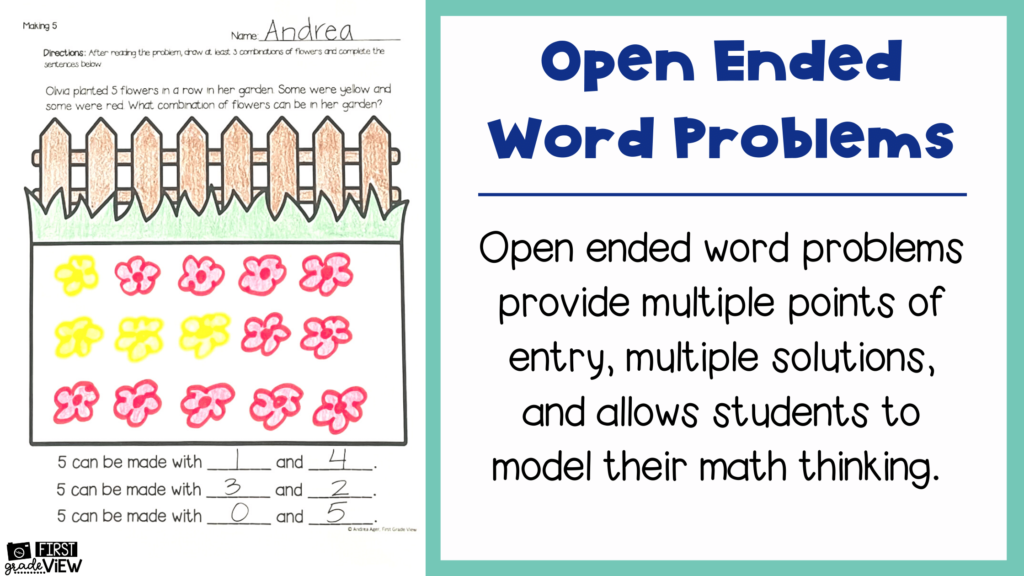
Day 7: Math Practice 5- Use Appropriate Tools Strategically
On day 7, it’s time to introduce math practice 5: Use tools strategically. A fun way you can introduce this practice is through a gallery walk. Take out math manipulatives and set them around the room. Tell your class that their mission today is to be math detectives. Give students time to wander around the room and have them discuss what they think the tool is used for with their peers. They can even jot their ideas down. Then, have a class discussion. Explain to students that this year, they will be using different types of tools for math such as manipulatives, representational tools, mental tools, supplies, and even digital tools. The goal is for them to use these tools in a strategic way when needed just like mathematicians do!
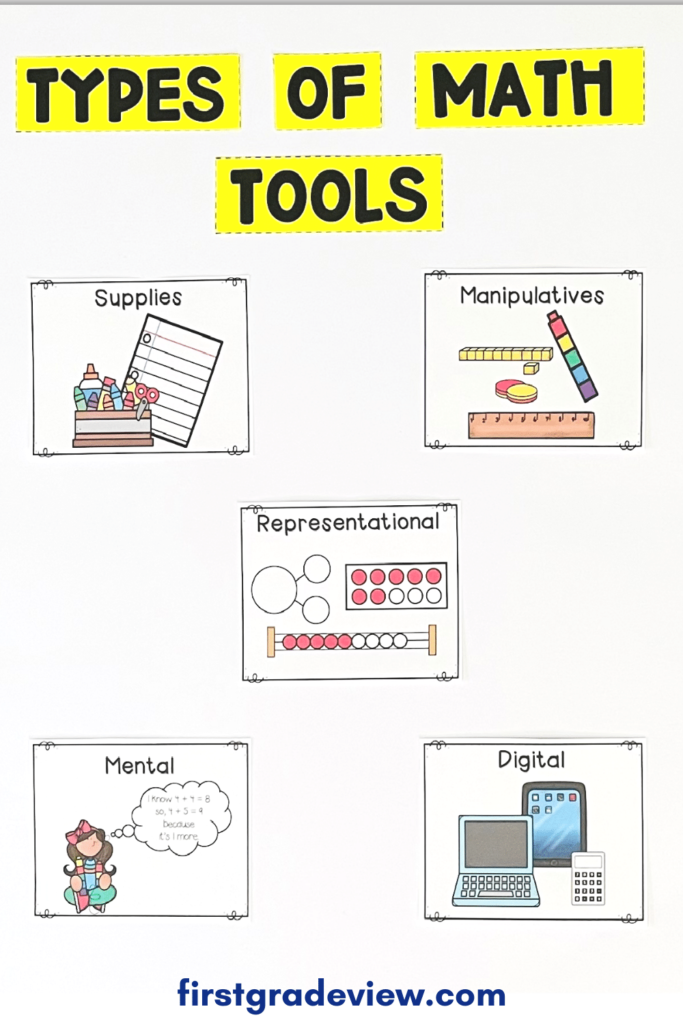
Day 8: Math Practice 6- Attend to Precision
Now that the class understands that strategies don’t have to look the same and that mathematicians use tools strategically, it’s time to introduce them to math practice 6 where they attend to precision. Explain to students that in math, accuracy is important so it’s vital that mathematicians check their work.
In order to explore this math practice, you can have your students work on a counting collection. Split students into several groups. Give each group a small collection of items to count such as erasers, counters, etc. Remind them that mathematicians always check their work!
After they are done, have each group explain how they counted. The best part? Learning counting strategies organically from fellow peers and seeing how everyone brings their A-game to precision! It also helps you informally assess where your students are in terms of one to one correspondence. You and your students will see that some groups may have counted by ones and other groups might have used a more efficient strategy. But don’t stop there! Counting collections is a great activity to add to your math routine throughout the year!
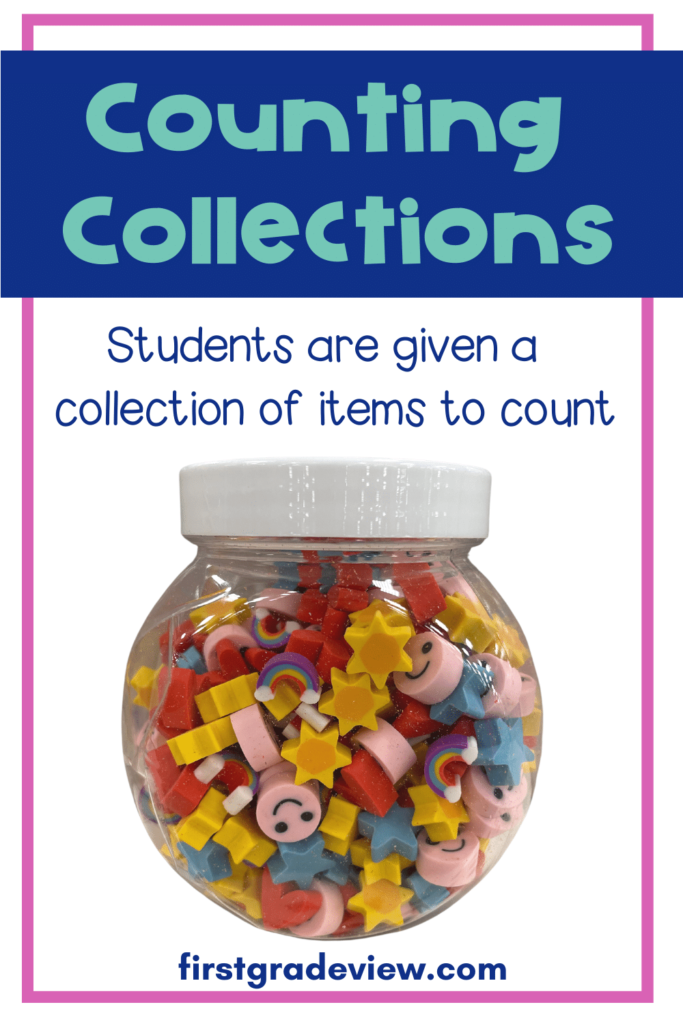
Day 9: Math Practice 7- Look For and Make Use of Structure
On day 7, guide your students into practicing math habit 7: Look for and make use of structure. They will discover the hidden patterns and structures in numbers in an interactive way with a ten frame flash activity.
For this activity, you will flash a series of ten frame cards to your students for a few seconds. Have them write down the number they saw on a personal whiteboard. Then, have your students flash the number they wrote. Your students will be highly engaged and hopefully they will notice patterns of a ten frame such as 5 spots on the top and bottom to quickly count the dots. You can use regular ten frames or challenge students by using less common groupings on the ten frames.
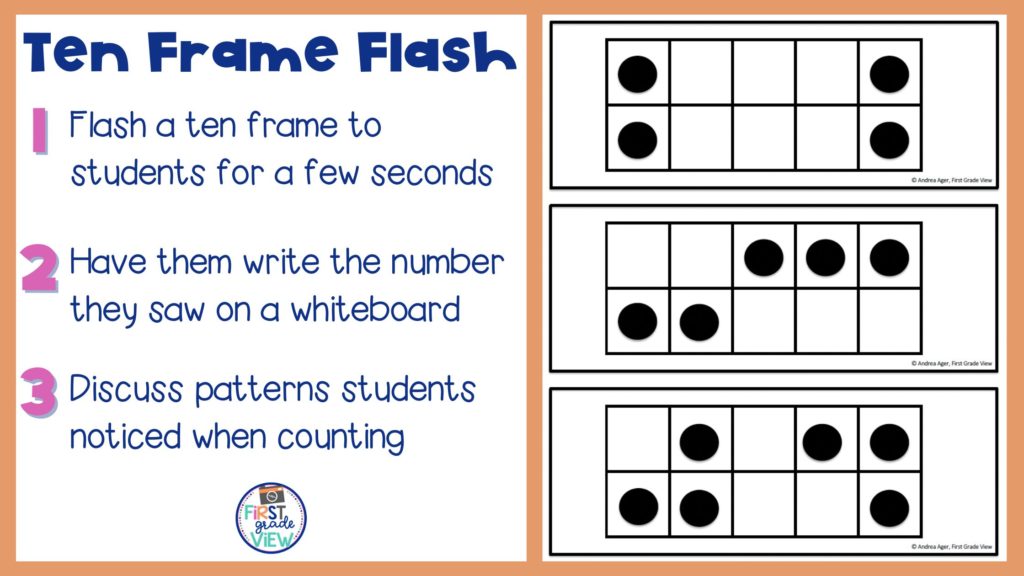
Day 10: Lesson MP 8: Look For and Express Regularity in Repeated Reasoning
Welcome to day 10 of our amazing math journey! It’s time to dive into the last math practice where mathematicians uncover and use shortcuts. For this math habit, you can do a “Dot Talk” with your students. Display a series of dots and challenge your students to come up with any strategies for how to count them quickly. Can they spot any groups or patterns that make counting a breeze? Discuss as a group the clever shortcuts they discover and how it helps them count faster. Tell them that they are practicing a habit that mathematicians use all the time!
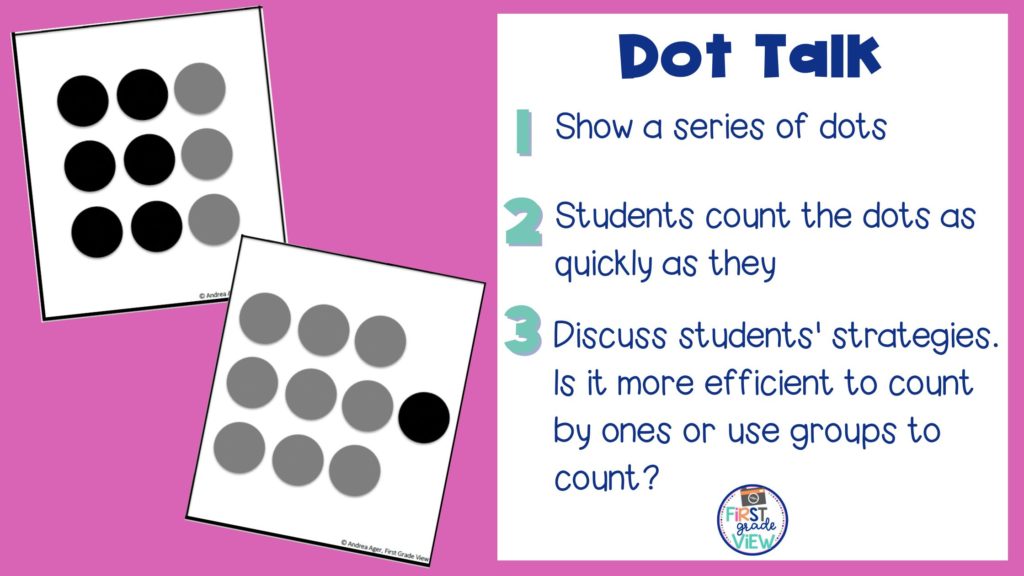
Congratulations! You now have a plan for your first 10 days of math instruction for first grade, and the best part is that you’ve introduced the 8 Standards for Mathematical Practices to your students! Remember to keep these practices at the forefront throughout the year by using kid-friendly posters for each one. And guess what? I’ve got you covered with a clear lesson plan format and all the resources you’ll need in this amazing mathematician product including the 8 practice posters! Here’s to a highly engaged and student-centered math year ahead!
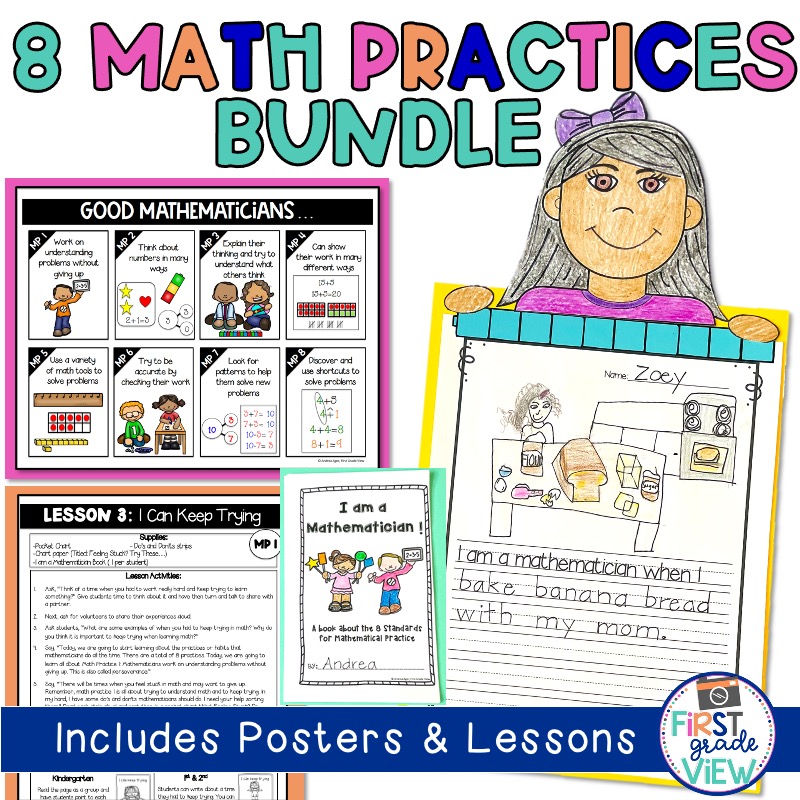
You May Also Like:
Building A Strong Foundation: The First 10 Days of Math Instruction in First Grade
3 Math Beginning of the Year Activities That Will Helps Students Love Math by Teaching With Kaylee B.
Standards of Math Practices: Helping Kids Be Great Mathematicians
Elevate Your Math Warm-up: The 3 Must Haves for a Powerful Routine




